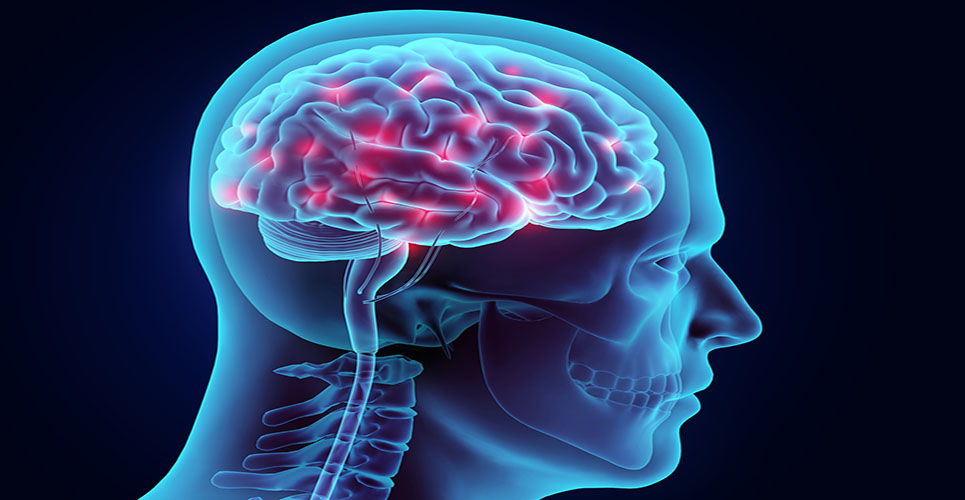teaser
Data presented at this week’s 7th International Congress on Mental Dysfunction and other Non-Motor Features in Parkinson’s Disease and Related Disorders (MDPD) showed low dyskinesiaŦ rates with Neupro® (rotigotine) treatment for up to six years in patients with Parkinson’s disease and a generally good tolerability profile of rotigotine regardless of age.
Rotigotine showed low dyskinesia rates with long term treatment
Patients in two six-month, placebo-controlled trials of rotigotine transdermal system in early-stage Parkinson’s disease were offered enrolment in long-term open-label extension studies (median follow-up: 1918/1543 days [5.3/4.2 years]) (NCT00594165, NCT00599196).
Open-label rotigotine was titrated to optimal dose (up to 16 mg/24h) and concomitant L-dopa was allowed after one month of maintenance.
The incidence of dyskinesias in patients treated with Neupro® for up to six years was low, and mostly occurred with concomitant L-dopa.
“After treatment of up to six years with rotigotine, only 5% of patients reported dyskinesias when they were taking rotigotine alone, and dyskinesias were generally described as “not disabling” or “mildly disabling”.
Of all the patients in the study who reported dyskinesia, only 15% reported that they were affected for more than 25% of the waking day,” commented Dr Nir Giladi, Presenting Author, Chairman of the Department of Neurology and director of the Movement Disorders Unit at Tel-Aviv Sourasky Medical Centre, Sackler School of Medicines, Tel-Aviv University, Tel-Aviv, Israel.
Of 596 patients who entered the open-label extension studies no patient discontinued due to dyskinesia.
Of study participants, 123 (21%) reported dyskinesia, 31 (5%) prior to/without L-dopa and 92 (15%) after starting concomitant L-dopa.
Of patients who reported dyskinesias during the study, 84% reported no dyskinesia or dyskinesia with a duration of ≤25% of the waking day at end of maintenance.
In addition at end of maintenance, 94 (16%) patients reported “not disabling” dyskinesia (70 after L-dopa), 20 (3%) “mildly disabling” (17 after L-dopa), five (0.8%) “moderately disabling” (four after L-dopa), and four (0.7%) “severely disabling” (one after L-dopa).
Rotigotine was generally well tolerated
Results of two early-PD trials and two advanced-PD trials also presented at the Congress showed that rotigotine was generally well tolerated, regardless of age, with no age-related differences in incidence (>5%) in the majority of adverse events (AEs).

Data from the two early-PD trials (n=396) and the two advanced-PD trials (n=434) were pooled separately, and the incidence and severity of adverse events (AEs), and discontinuations due to AEs, were characterized by age (65- and 75-year cut-offs).
No age-related differences in incidence (>5%) of the majority of AEs were observed for early- or advanced-PD pools. Nausea and headache were more common in younger patients with early-PD, whereas falls, somnolence and dizziness were more often observed in older patients.
Using the 65-year cut-off, nausea occurred in 37.6% of younger patients with early PD, compared to 29.9% of older patients, and headache in 15.3% and 9.0% respectively.
In advanced-PD, 5.6% of younger patients had falls, compared to 11% of older patients.
Using the 75-year cut-off, the largest (≥10%) differences by age were recorded for nausea (35.5% younger patients/20.0% older patients), falls (4.6%/13.3%), somnolence (26.0%/33.3%), and dizziness (15.0%/26.7%) in early-PD, and nausea (23.1%/11.4%) and falls (7.7%/12.9%) in advanced-PD.
In both early- and advanced-PD patients, the incidences of severe-intensity AEs and serious AEs were low.
Discontinuations due to AEs were low (<10%) in all pools.
Dyskinesia is the term used to describe unintended, involuntary and uncontrollable movements and includes twitches, jerking, twisting or simple restlessness.
Dyskinesia affects each person differently both in its timing, frequency and severity and the most common areas of the body to be affected are the limbs and trunk.
The maximum recommended dose of Neupro® in patients with early stage Parkinson’s disease is 8 mg/24h.
The maximum recommended dose in patients with advanced stage Parkinson’s disease is 16 mg/24h.

